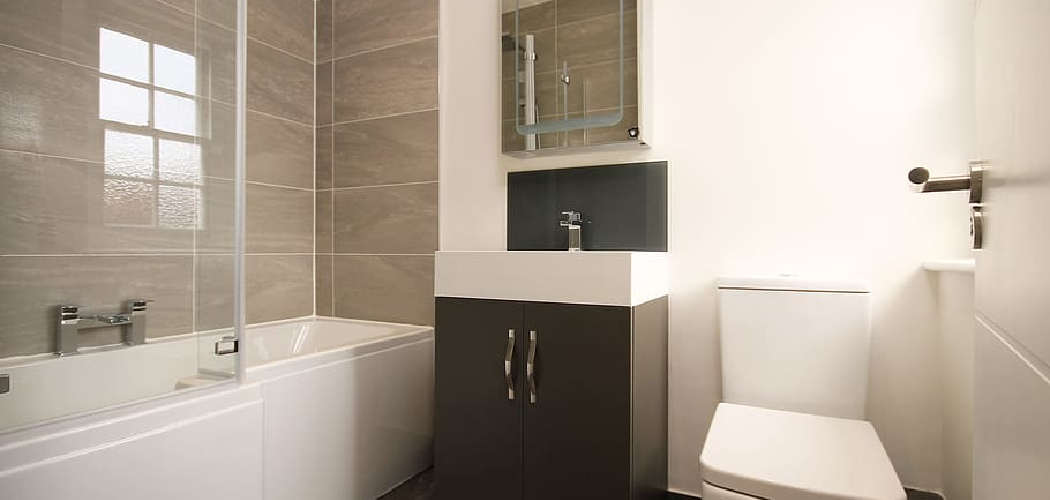Do you have a small bathroom and need to find creative ways to fit both tub and shower in the same space? Navigating the best way to organize your limited area can be hard – but don’t worry, we’ve got you covered.
Don’t give up on your dreams of having the perfect bathtub-shower oasis just yet – there are actually several clever solutions that allow you to install both elements into any size bathroom.
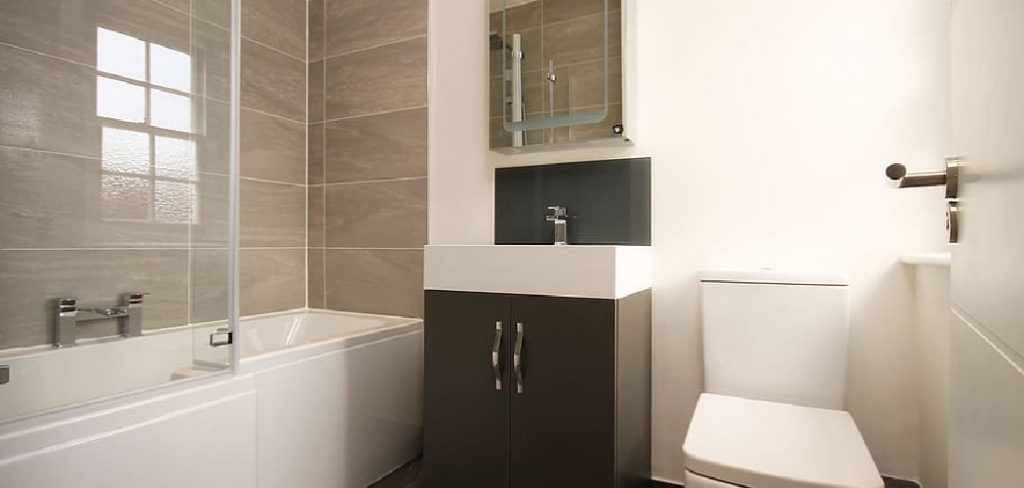
In this blog post, we’ll look at how various homeowners with similar setups have been able to combine all of their sanitary needs into one cleverly designed room, give some tips for enhancing an already cramped environment, plus advice on what type of materials are best for integrating a full bathtub or shower experience into a minimalistic setting.
Keep reading to learn more about how to fit tub and shower in small bathroom to make the most out of a compact bathroom space!
Choosing the Right Tub for Small Bathroom
1. Freestanding Tubs
When it comes to picking the right bathtub for a tiny bathroom, there are several options that can help you save on space. For instance, freestanding tubs have become increasingly popular in recent years due to their minimalistic design and ability to fit into any size room – they can easily be tucked away into a corner or along one wall if needed.
Other great options include corner tubs, which are great for giving off the illusion of a larger space when situated in a tight spot.
2. Corner Tubs
If you’re looking for an even more creative solution to maximize your small bathroom, consider opting for a corner tub – these are perfect for bathrooms with limited square footage as they can easily fit into any tight area. Corner tubs are also great for giving off the illusion of a larger space, helping to create an even more open and airy feel.
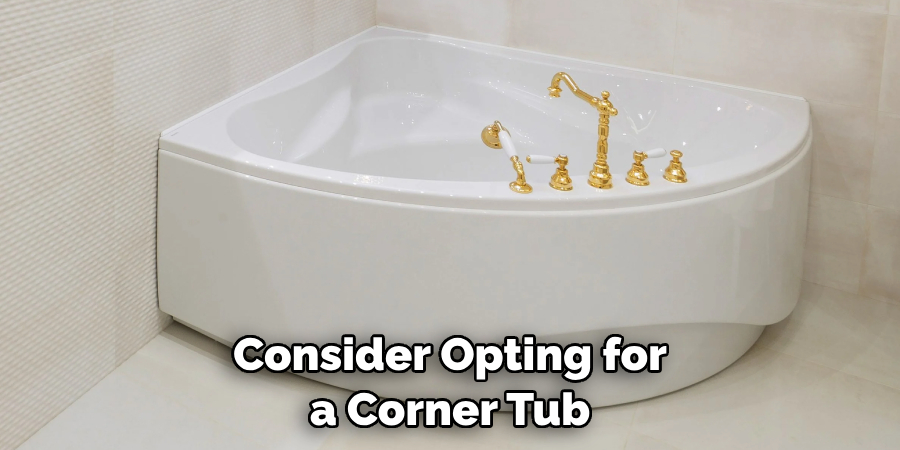
3. Recessed Tubs
For those with even less room to work with, the recessed tub can be a great option – this type of bathtub is designed to fit into any small corner or alcove area, creating a low-profile style that won’t take up too much of your limited space.
In addition to choosing the right type of tub for your small bathroom, it’s also important to keep in mind what kind of materials will be best for adding both luxury and function to any confined environment. Soapstone, marble, and even limestone are all great choices for creating a spa-like experience without having to sacrifice too much space.
Different Types of Showers
When it comes to fitting a shower into a small bathroom, there are several options available that can help make the most out of your limited area.
1. Curved Showers
Curved showers are great for adding a touch of elegance and sophistication to any size room; they’re perfect for those looking to create an inviting atmosphere without having to sacrifice too much space.
2. Sliding Door Showers
Sliding door showers are a great choice for those with limited room to work with – they’re designed so that the doors open and close along an overhead track, allowing you to make the most of your area without having to install bulky hinges or frames.
3. Walk-in Showers
Walk-in showers are becoming increasingly popular and are the perfect choice for those looking to create a more open and airy atmosphere; they’re great for giving off the illusion of space while still providing ample room for your personal hygiene needs.
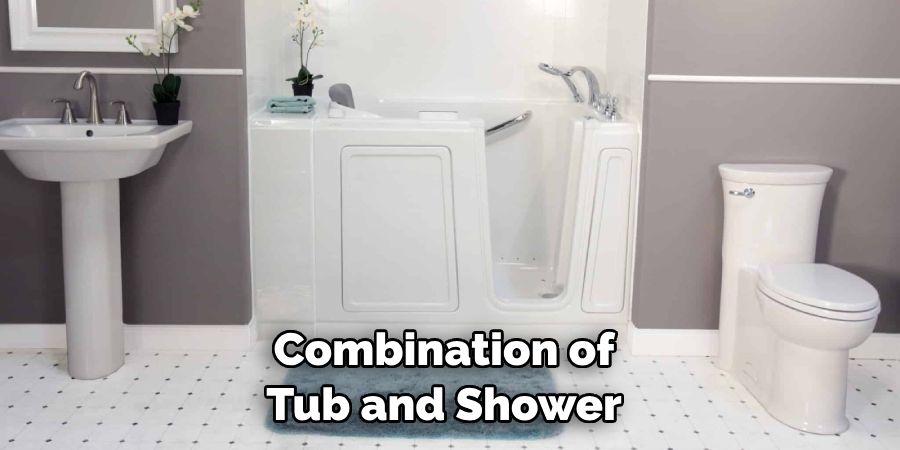
No matter which combination of tub and shower you choose, there are several simple tips that can help make the most of any small bathroom environment. From utilizing light colors and materials to installing shelves for additional storage, there are several ways to make your tiny bathroom both efficient and aesthetically pleasing.
Required Items for Installing Tub & Shower in a Small Bathroom
- Waterproof Membrane
- Tile
- Caulk
- Grout
- Tub/Shower Fittings
- Drain Kit
- Water Supply Line
- Showerhead
- Wall Adhesive
10 Instructions on How to Fit Tub and Shower in Small Bathroom
1. Measurement
Measure the room carefully and make sure you have enough space for both elements before proceeding with the installation. The right measurement will ensure a successful outcome.
2. Preparation
Prepare the area by removing any existing fixtures and cleaning the surface to get rid of dust, dirt, and debris. This will help create a clean slate for installing the new tub or shower. If you don’t have enough space for both, consider adding a shower shelf or other elements to maximize the area you do have.
3. Waterproof Membrane
Install a waterproof membrane before putting down any tile or grout in order to protect against water damage. Make sure it’s fully sealed around all corners and edges to create an effective barrier.
4. Tile
Lay down the tile in the space that’s been prepared, making sure to leave enough room for grout and caulk. If you’re using a shower shelf or other elements, make sure these are installed before tiling. Tiles are also a great way to add visual interest to the space.
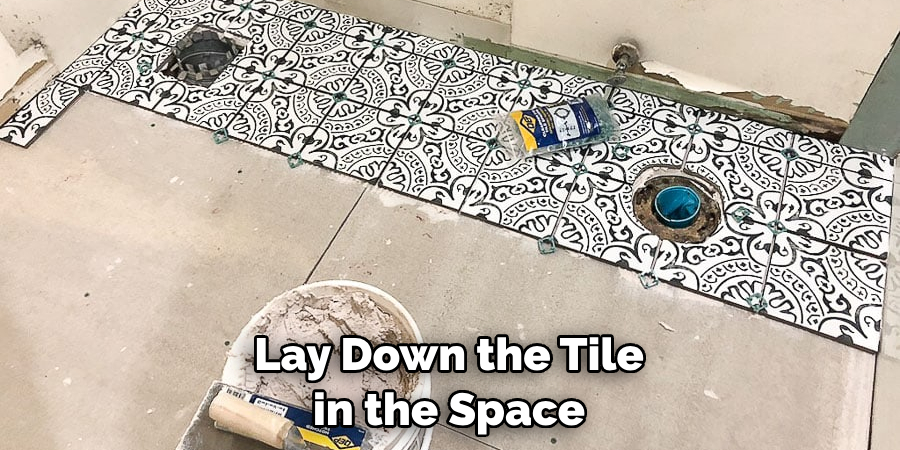
5. Caulk
Using caulk, fill in all gaps between the tiles and walls to create a waterproof seal and ensure that no water can penetrate through any cracks or seams. It will also help with noise reduction.
6. Grout
Using a grout float, apply the grout to all of the tiled surfaces to help create a waterproof seal and make sure that no water can penetrate through any gaps or cracks. Make sure to fill in all corners and edges for maximum protection against moisture damage.
7. Tub/Shower Fittings
Install the fittings such as the faucet, handles for the shower and tub, soap dish, etc. Make sure that all of the pieces are securely fitted in place. Keep in mind that these pieces should match the overall design of the bathroom.
8. Drain Kit
Using a drain kit, connect the drain pipe to the tub or shower and ensure it’s secure in place. Make sure to check for leaks before proceeding with the installation. It is an important step to ensure that water can be drained away properly and efficiently.
9. Water Supply Line
Connect the water supply line to the tub or shower – this will allow you to control the temperature of your bath or shower, as well as provide a steady flow of hot and cold water for maximum convenience.
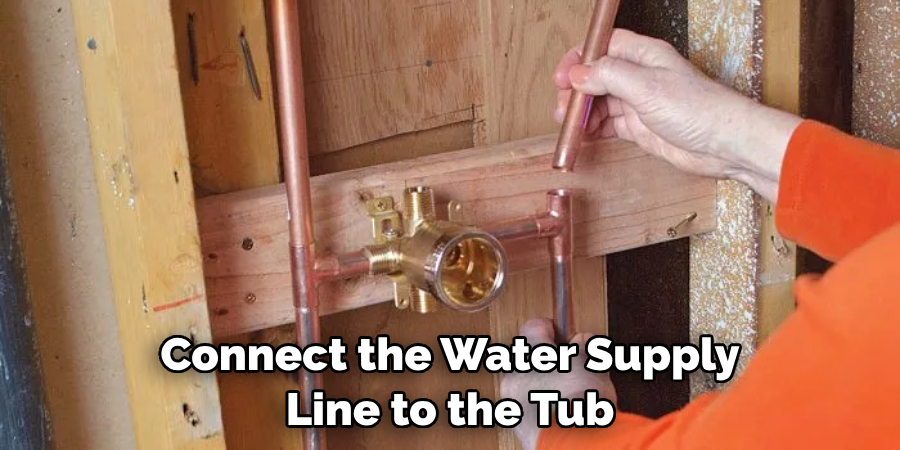
10. Showerhead
Install the showerhead in accordance with instructions and make sure it’s securely fastened in place before testing. Be sure to check for leaks, as this is an important step to ensure that you’re not wasting water or running up your utility bills.
By following these steps, you can easily fit a tub and shower into a small bathroom, creating both a functional and aesthetically pleasing space. With the right materials and design, you can make the most of any tight area and enjoy a luxurious experience without having to worry about taking up too much room.
8 Safety Precautions to Follow When Fitting a Tub and Shower in a Small Bathroom
Fitting a tub and shower in a small bathroom can be tricky, but with the right safety precautions, it can be done safely. Here’s what you need to keep in mind:
- Make sure there is enough space for the installation. Measure twice and confirm that there is adequate space for the shower and tub to fit. Otherwise, the installation could be dangerous.
- Check for any existing plumbing or wiring that is already installed in the wall and ceiling. This could cause an issue if proper precautions are not taken. The plumbing or wiring should be moved to a different area if possible.
- Take into account any type of studs in the wall that are necessary for mounting the tub and shower securely. Any type of irregularities should be addressed and fixed before beginning the installation.
- Wear protective gear such as gloves, goggles, and a face mask when cutting or drilling into walls or floors. This will protect you from any flying debris that could cause injury.
- Make sure all necessary tools are available before starting the installation process. You don’t want to be halfway through the process and realize that you’re missing a tool.
- Read all instructions carefully before beginning the installation to ensure accuracy. Make sure to understand each step so that the final product is properly installed with no safety issues.
- Check for any exposed pipes or other areas of potential water damage in the bathroom, especially around the area where the tub and shower will be installed. This can prevent any water damage in the future.
- Test all connections and make sure that they are securely attached before use. This will ensure a safe environment for you and your family.
By following these safety precautions, you can be sure to fit a tub and shower into your small bathroom with confidence.
Conclusion
Without a doubt, fitting a tub and shower into a small bathroom can be challenging. However, by studying the space available, shopping around for the right materials and equipment, and ensuring proper installation, it is possible to make your dream of having both in your small bathroom come true.
And while there are many considerations that you must take into account, being creative and resourceful with the layout and other details can help you make sure that you’re able to balance the function of your bathroom with its style.
Additionally, getting help from a professional contractor with experience in this field can also go a long way in making sure that everything goes off without a hitch.
Thus, with careful planning and smart decision-making along every step of how to fit tub and shower in small bathroom, you’ll have no problem creating an ideal yet efficient setup for enjoying both bathtubs as well as shower right inside your smaller bathrooms.

